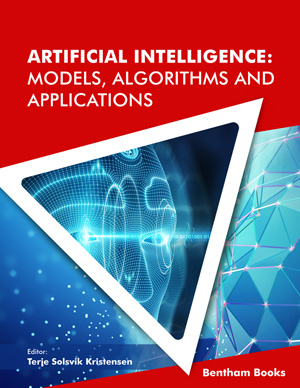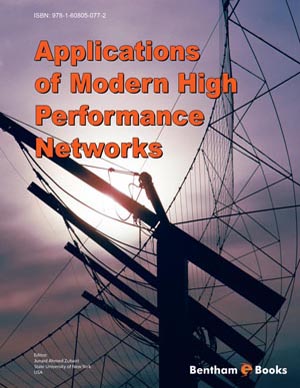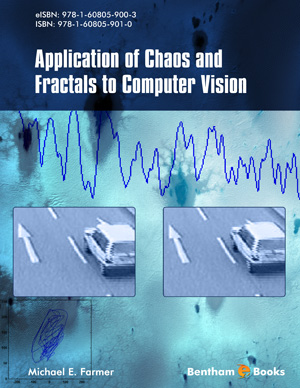Abstract
The global pandemic due to the novel coronavirus (2019-nCoV) is responsible for millions of deaths worldwide. It has been caused by a syndrome related to respiratory organs, namely Coronavirus 2 (SARS-CoV-2), believed to have originated in Wuhan. Pattern analysis of the spread of COVID-19 is critical to provide proper guidelines to the public for their safety and health. The epidemiological dataset of coronavirus is used to forecast a future number of cases using various machine learning models and validated concerning the complete count of globally present cases. The dataset has been compiled using different datasets from Johns Hopkins University, National Health Commission, and the World Health Organization (WHO). The prediction has been able to observe the total cases in 222 nations globally. This paper presents a comparative study of the existing forecasting machine models used on the COVID-19 dataset to predict worldwide growth cases. The machine learning models, namely polynomial regression, linear regression, and Support vector regression (SVR), were applied to the dataset that was outperformed by Holt's linear and winter model in predicting the worldwide cases. However, Facebook's Prophet Model gave the best results. The value of the Root means square error (RMSE) was observed to be 5387.741339, with the Mean absolute percentage error (MAPE) value and correlation coefficient calculated to be 0.0020933 and 0.99998, respectively. Hence, Facebook's Prophet Model is the most promising approach and this prediction of COVID-19 cases can be used for the risk evaluation and safety measures to be taken in corresponding areas globally.
Keywords: Confirmed Cases, COVID-19, Coronavirus, Forecasting, Pneumonia.





















